Handicraft
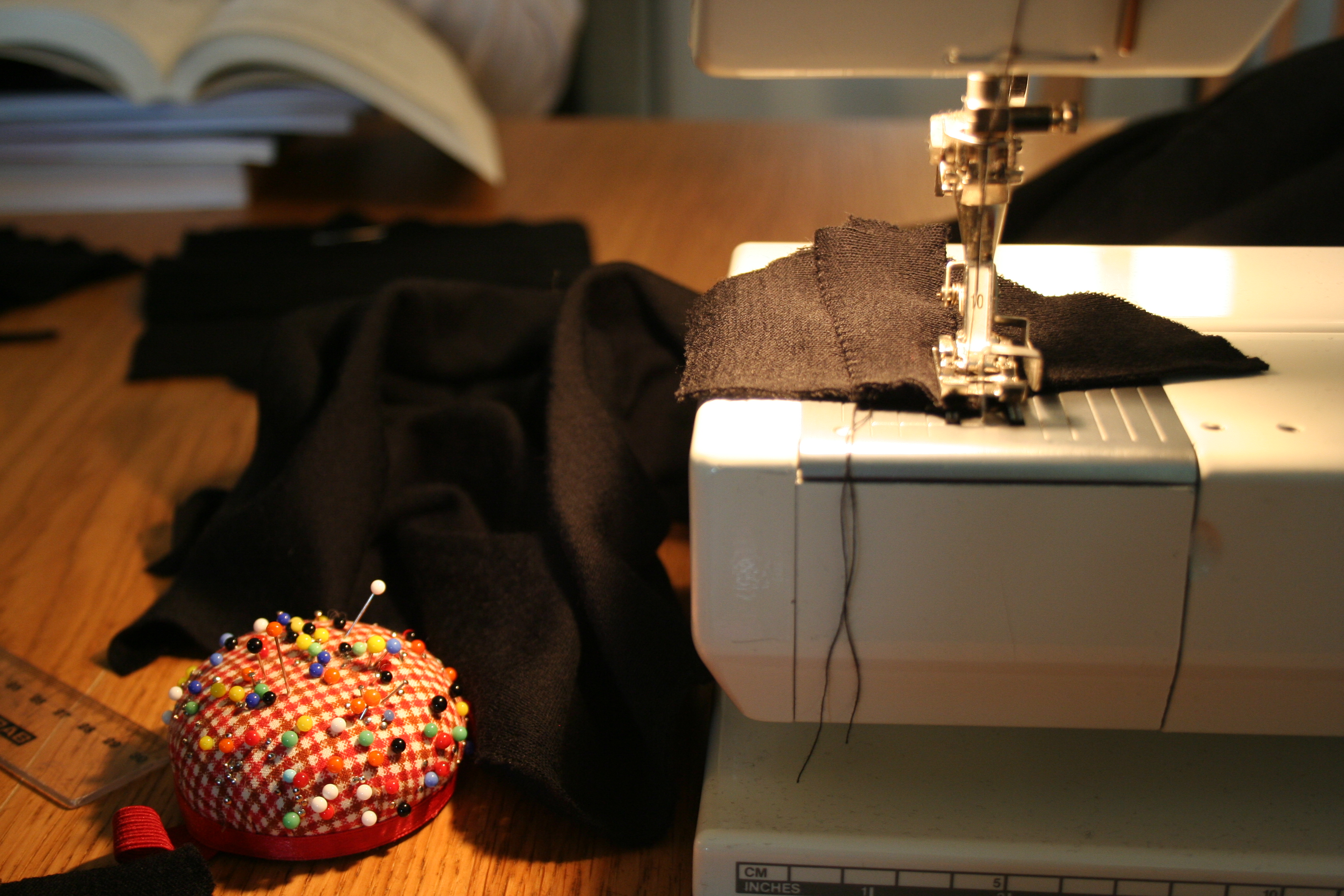
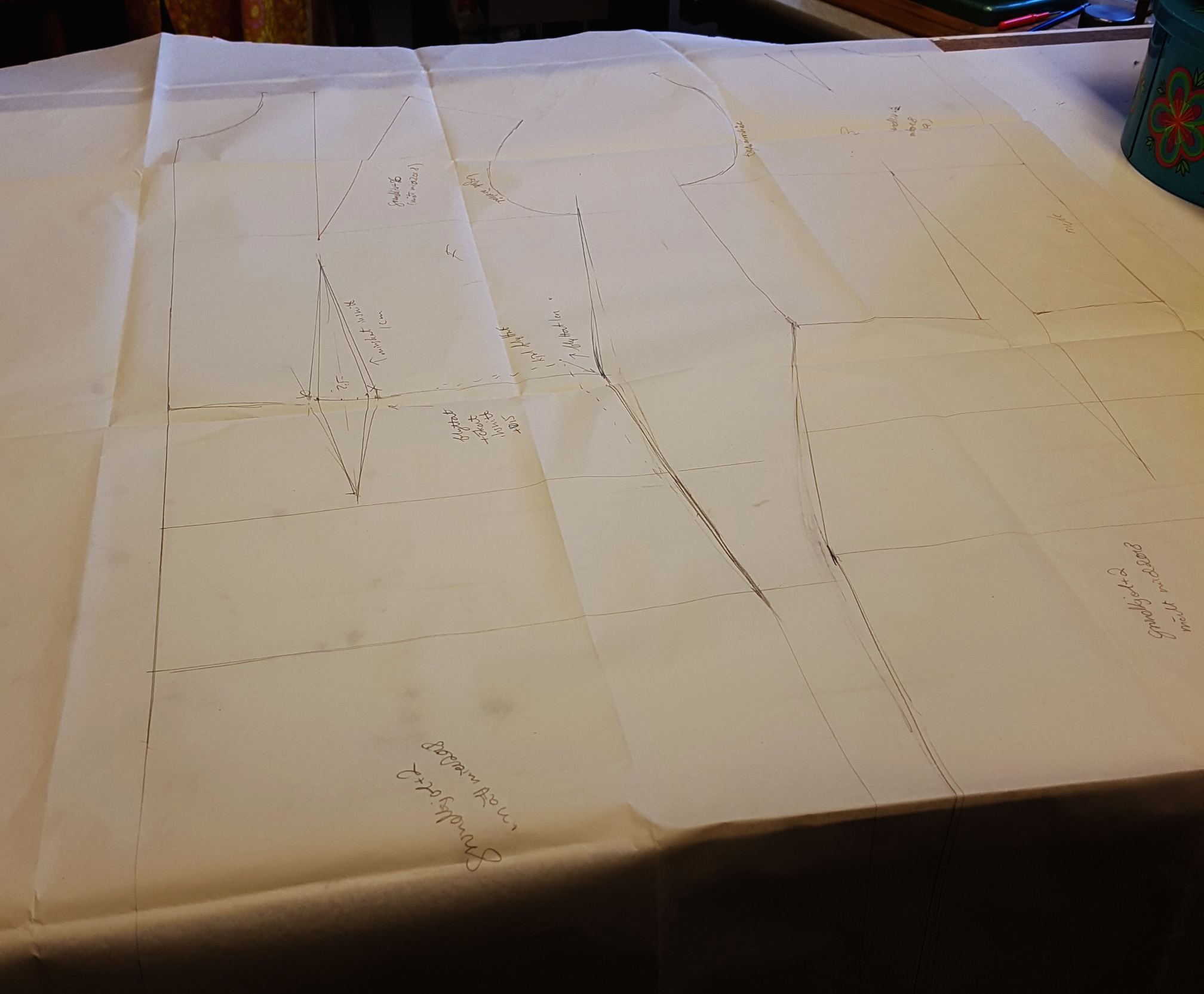
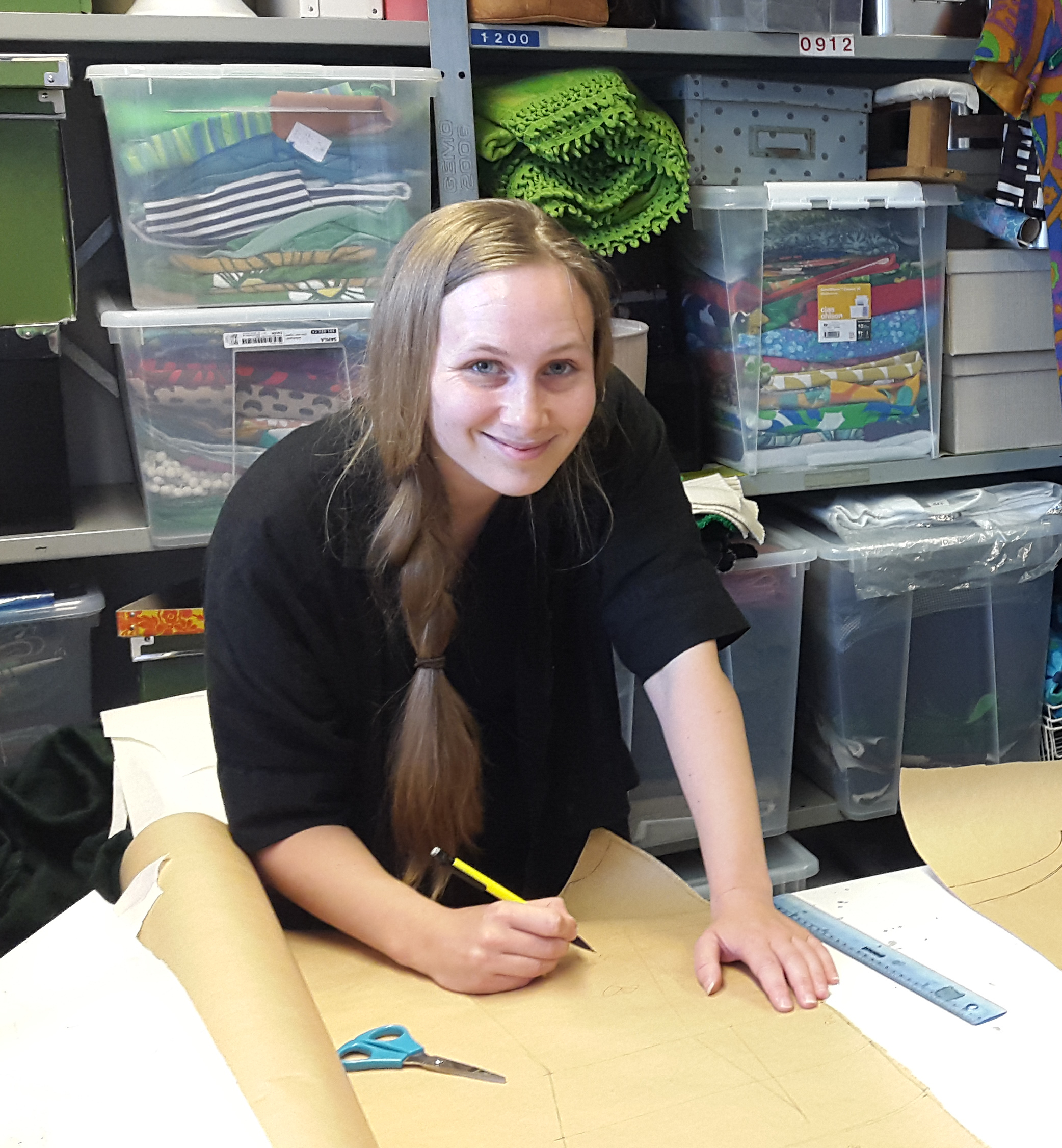
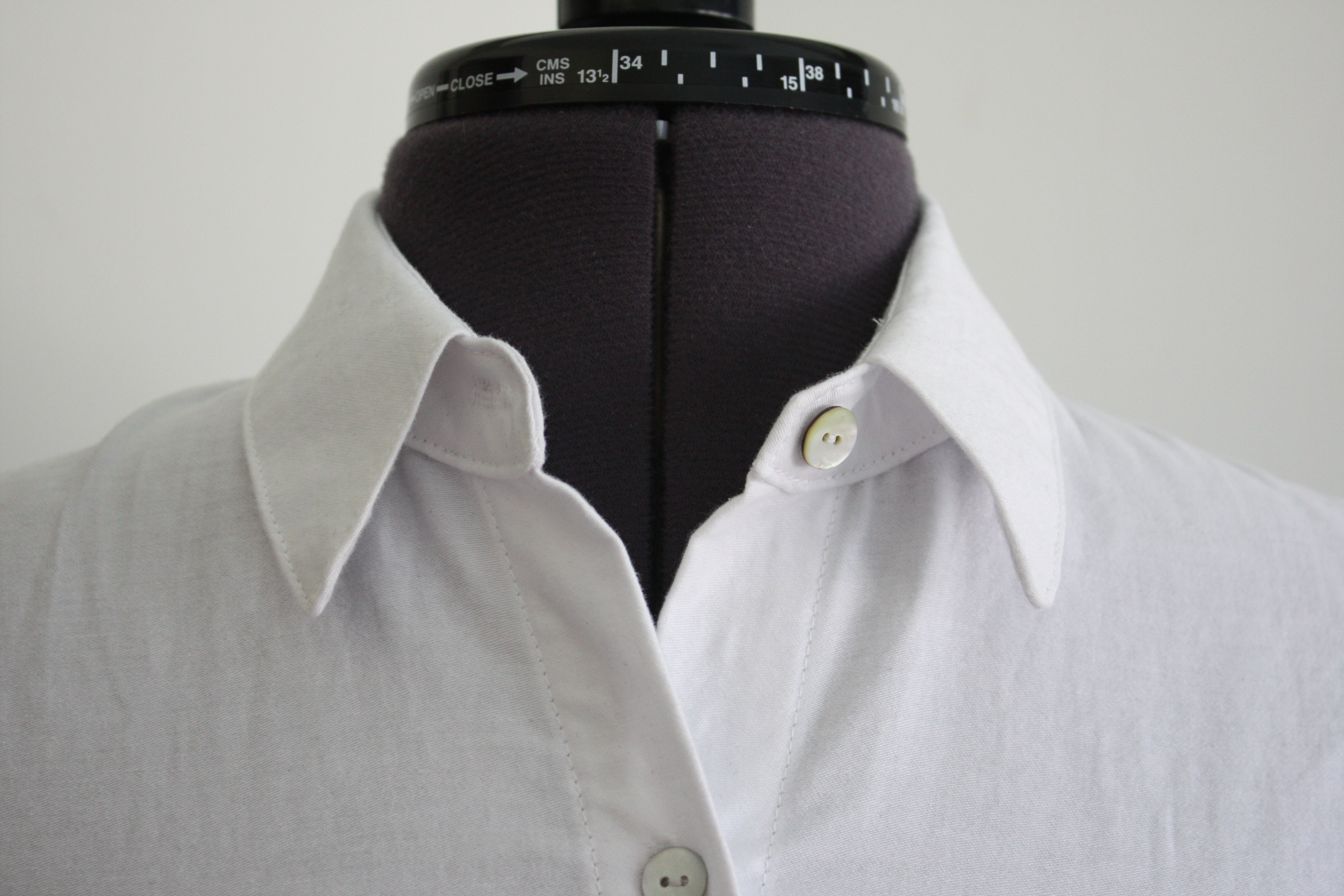
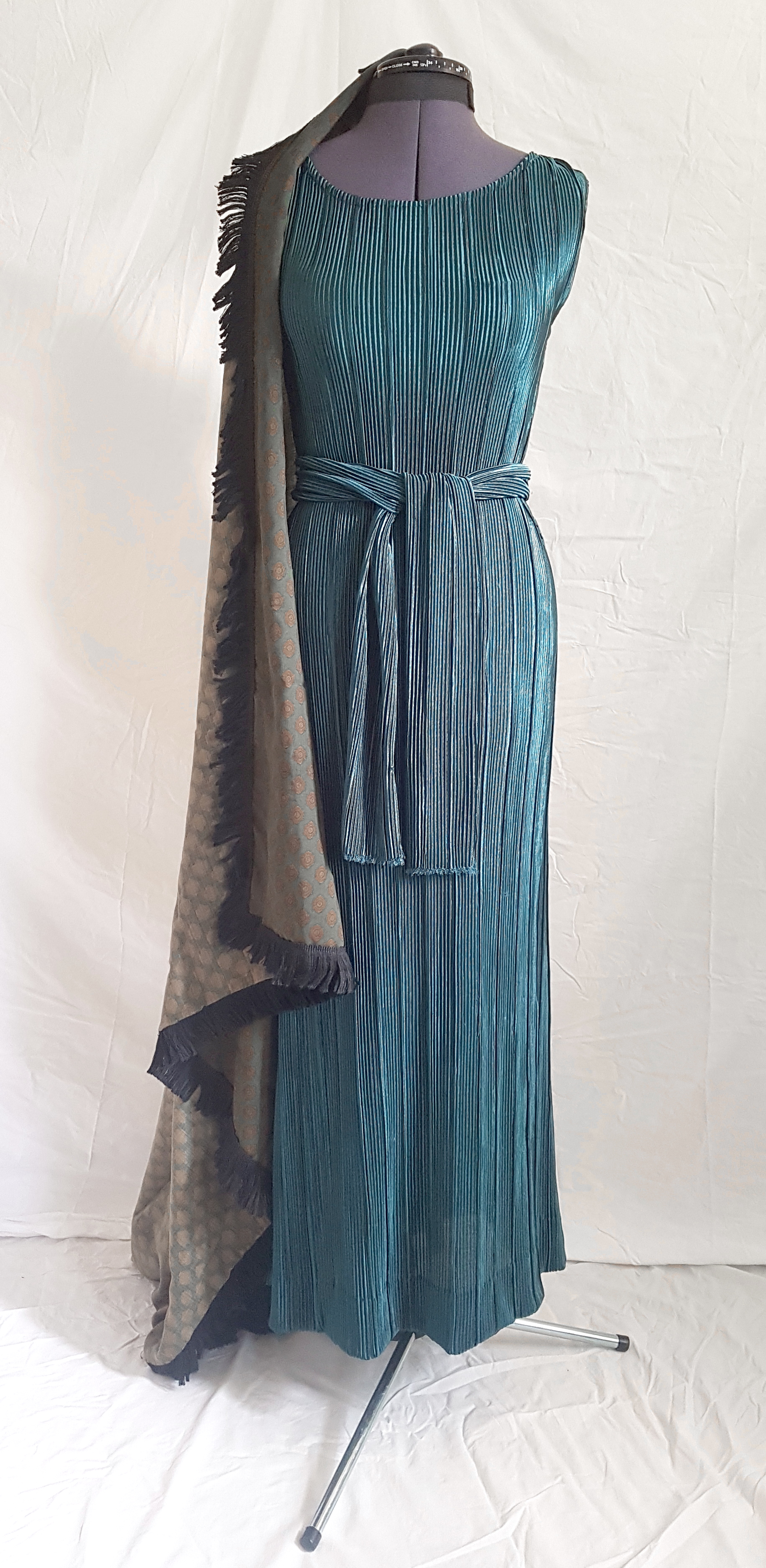
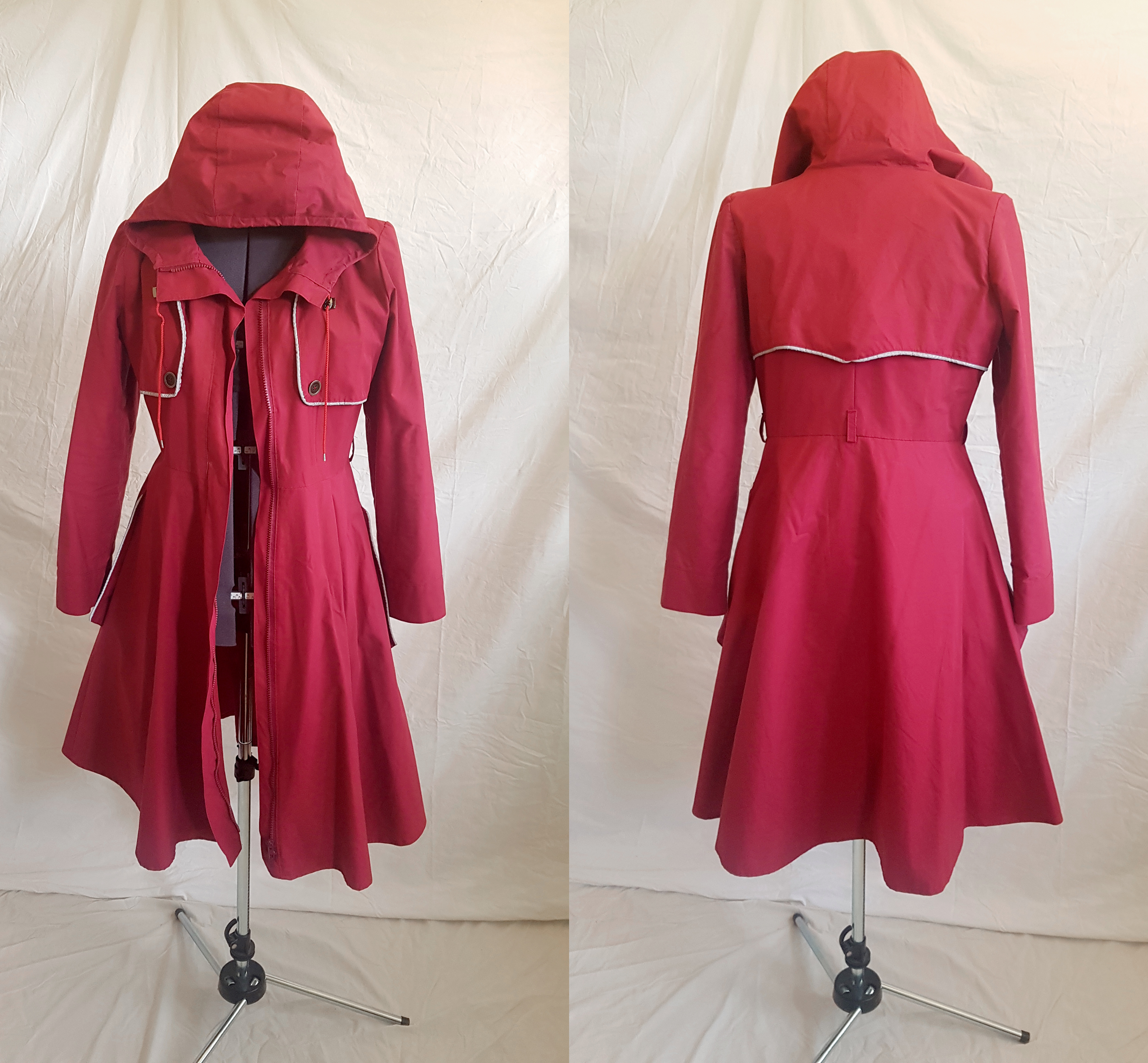
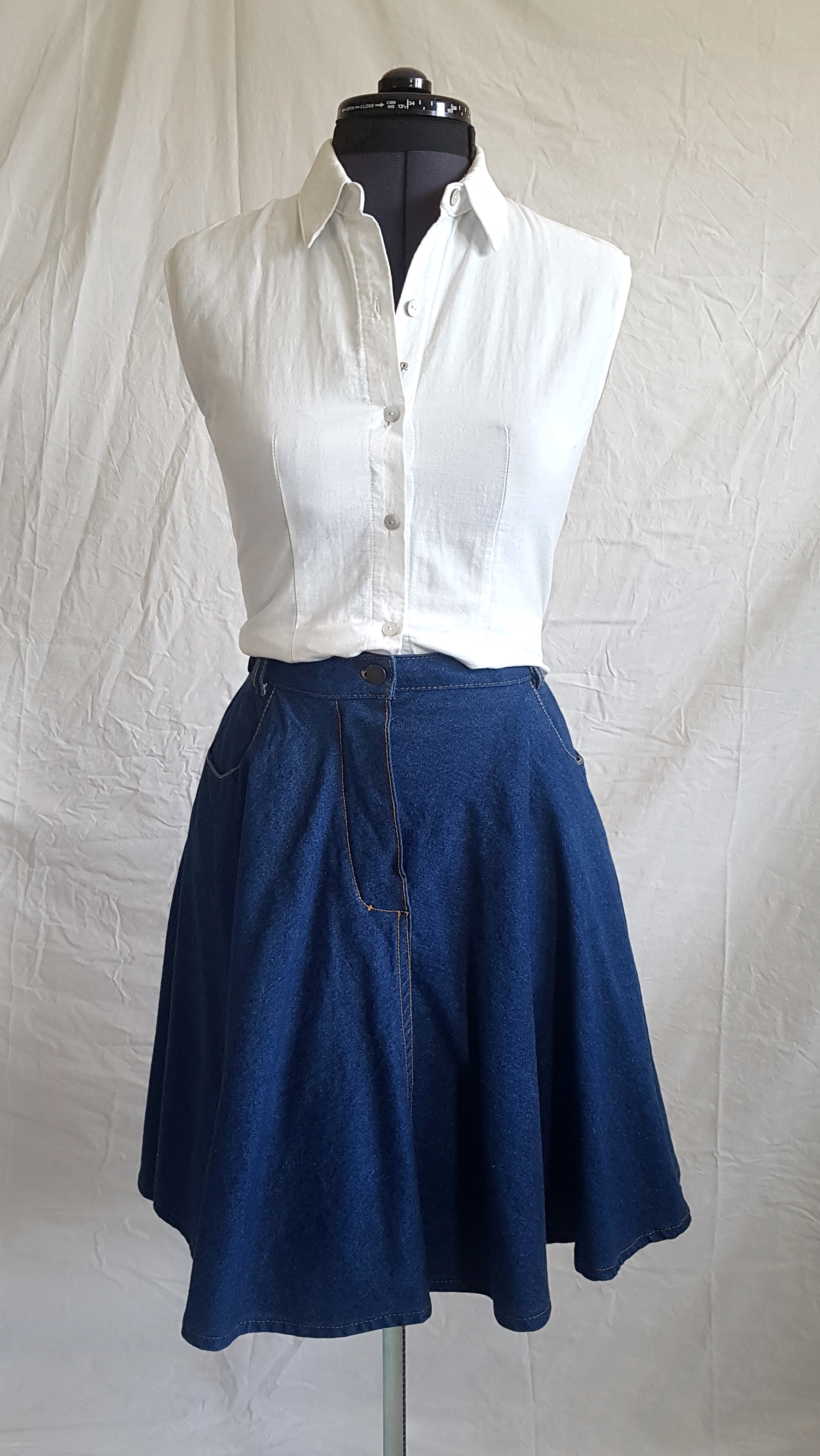
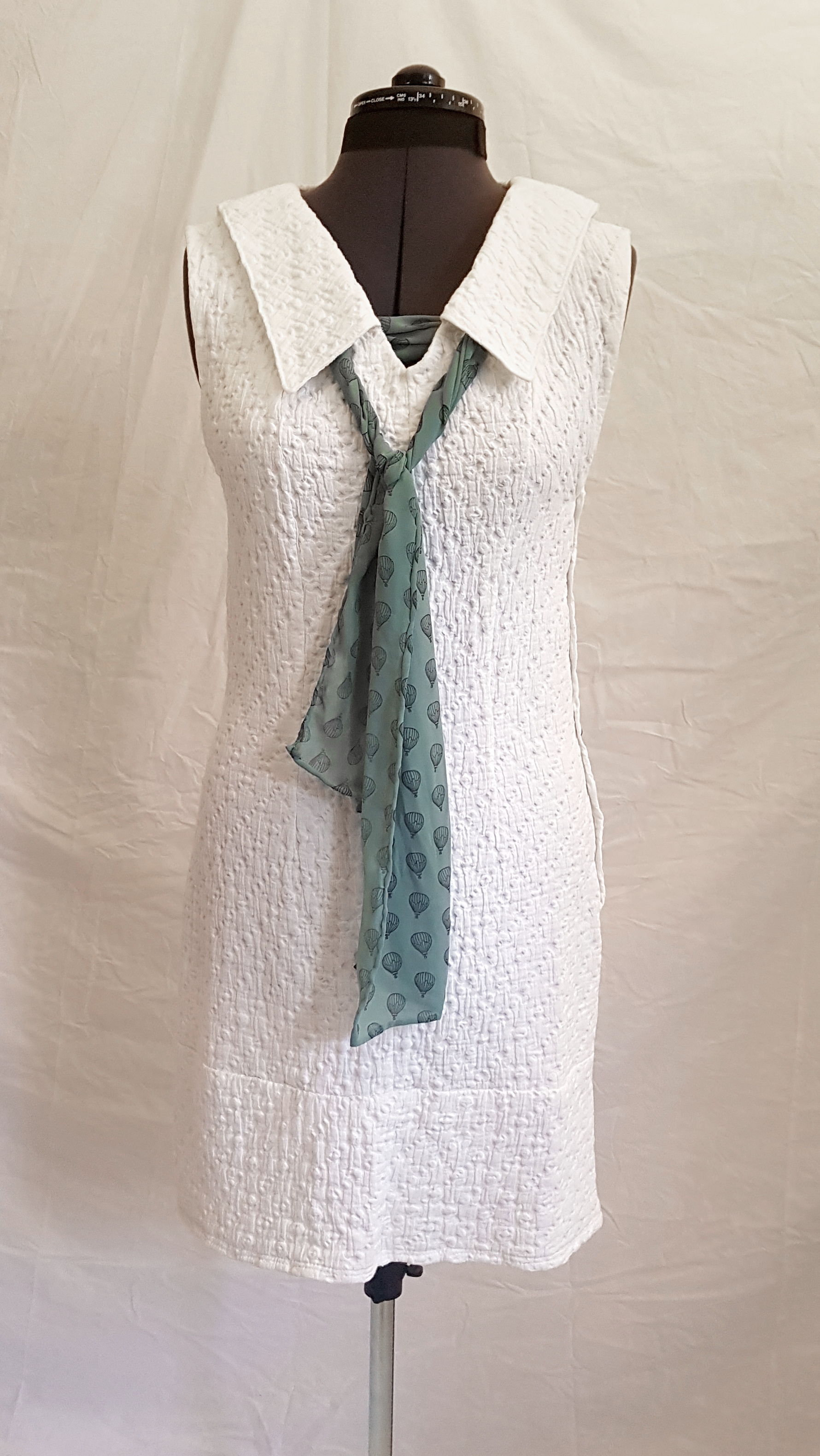
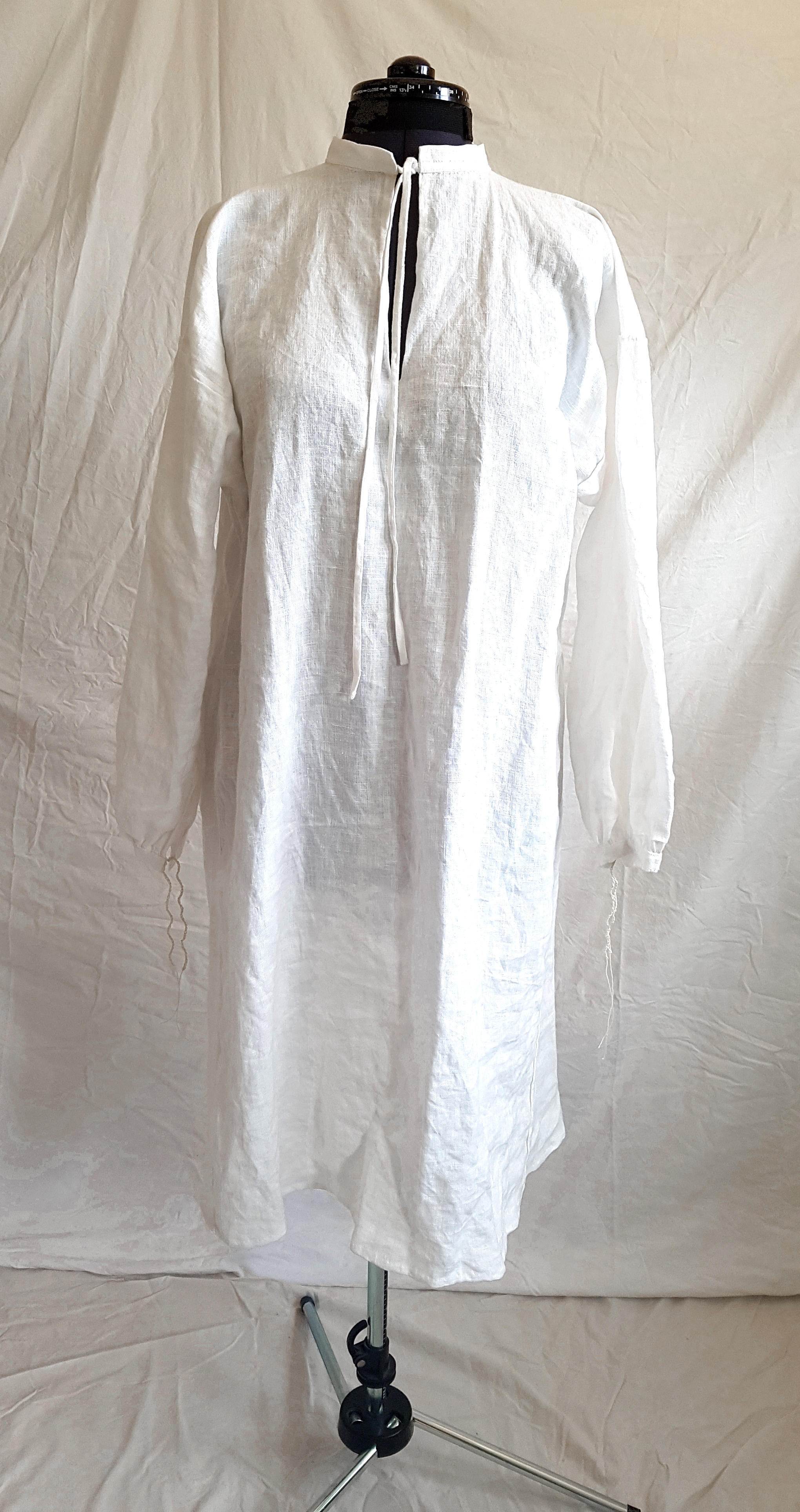
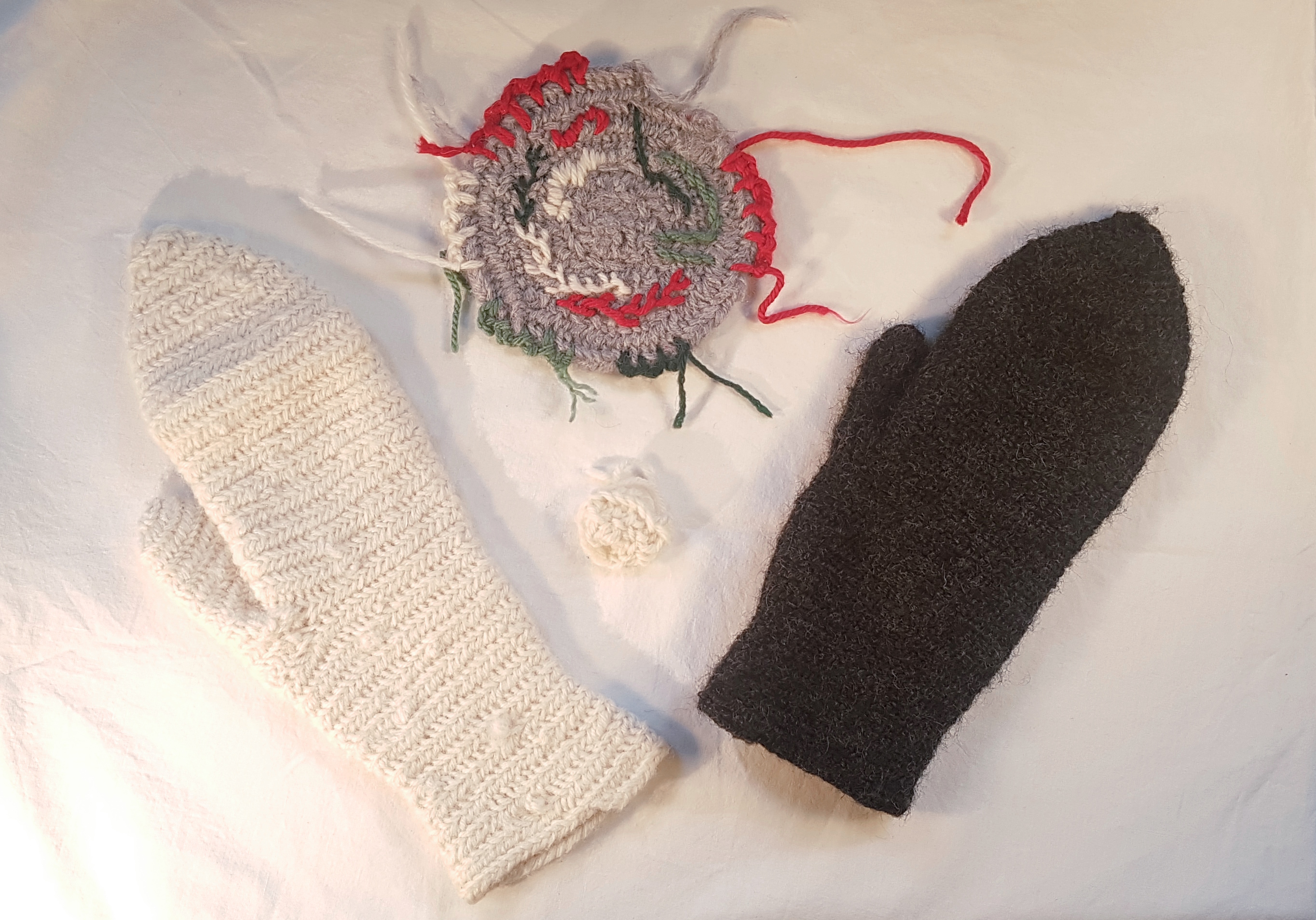










Art and Design
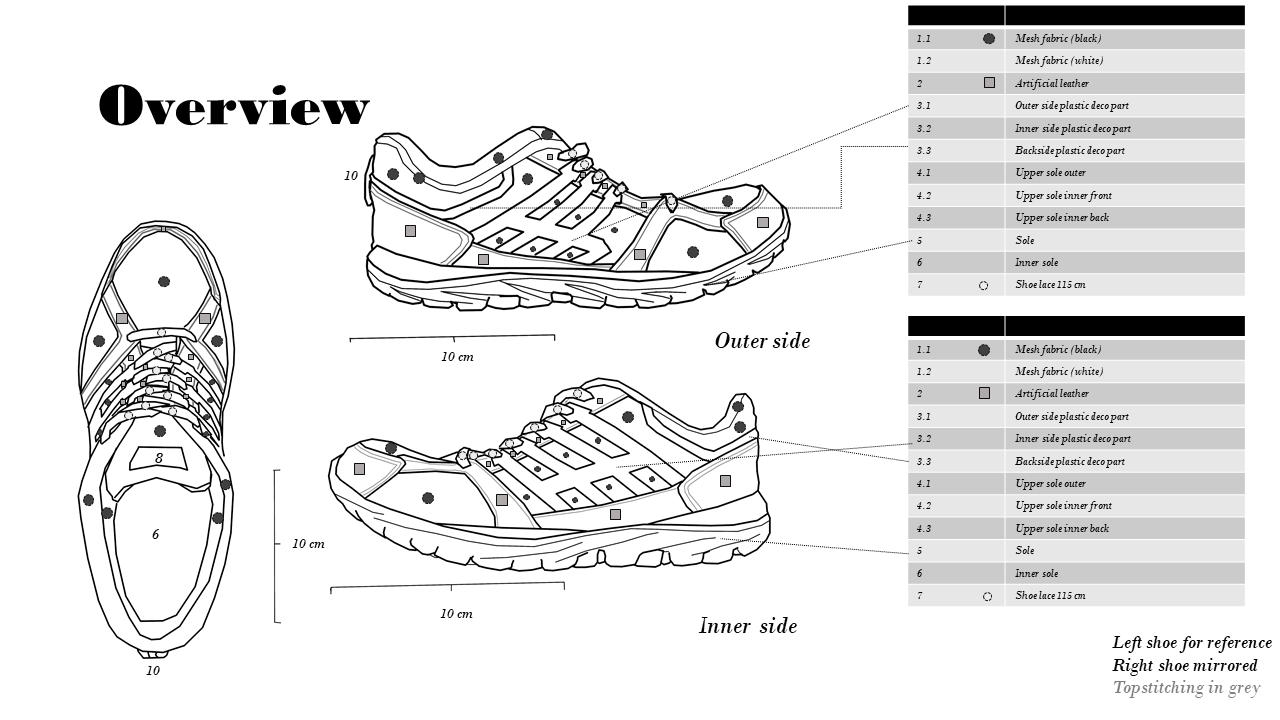
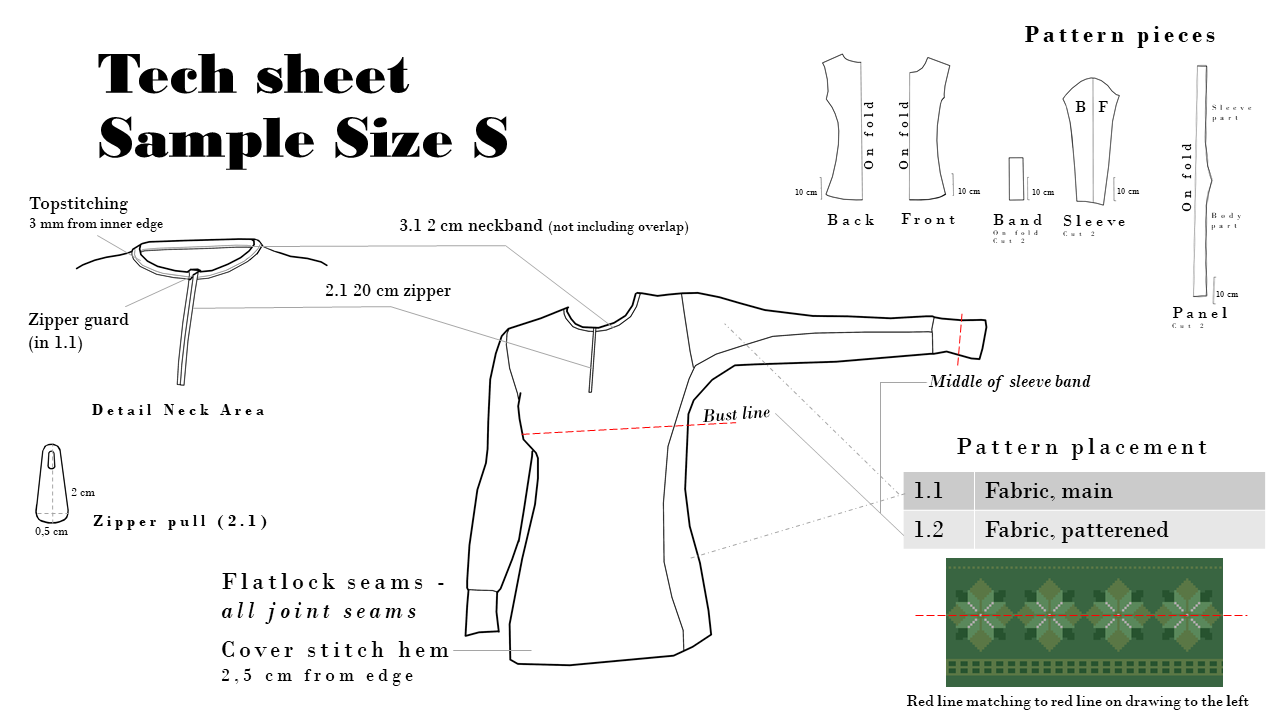
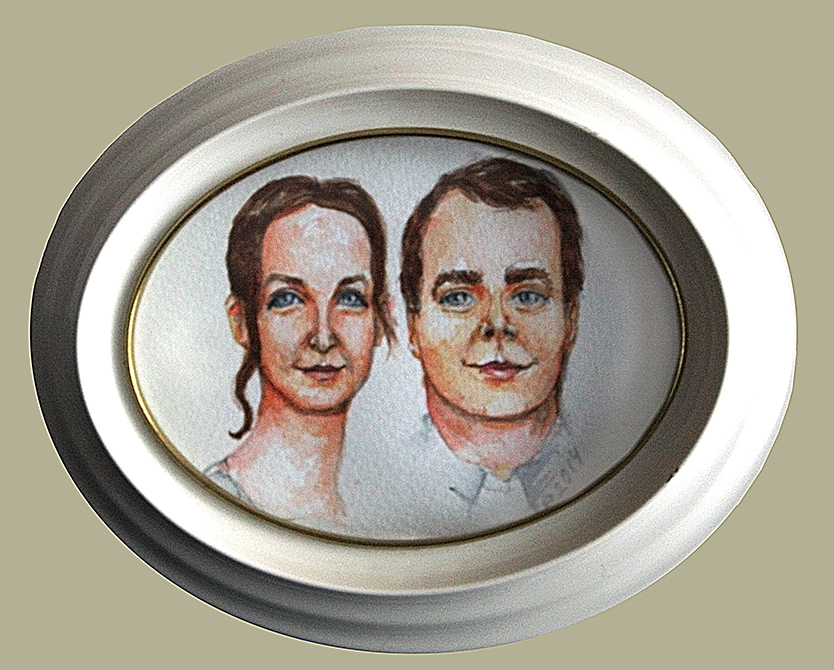
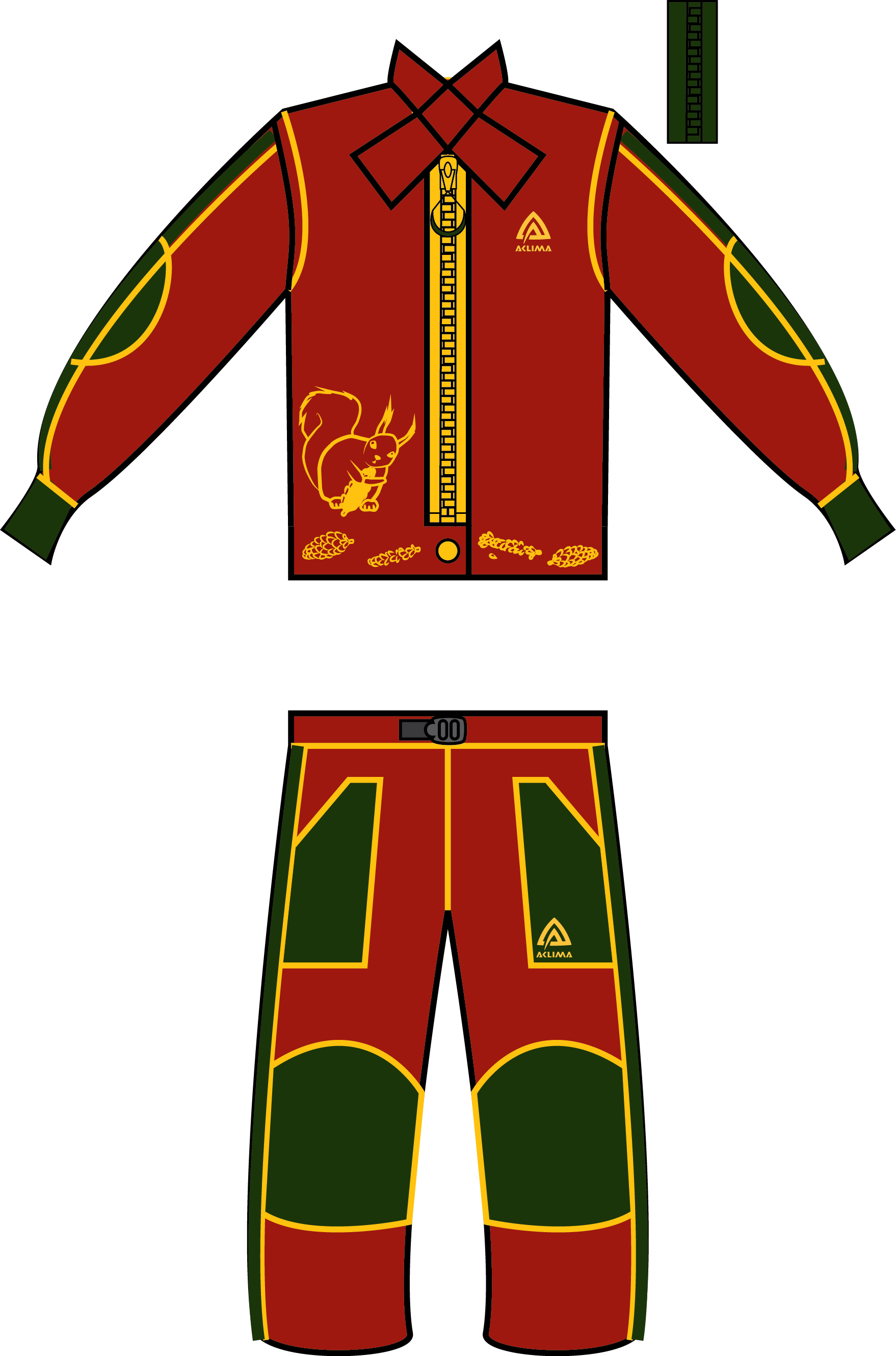
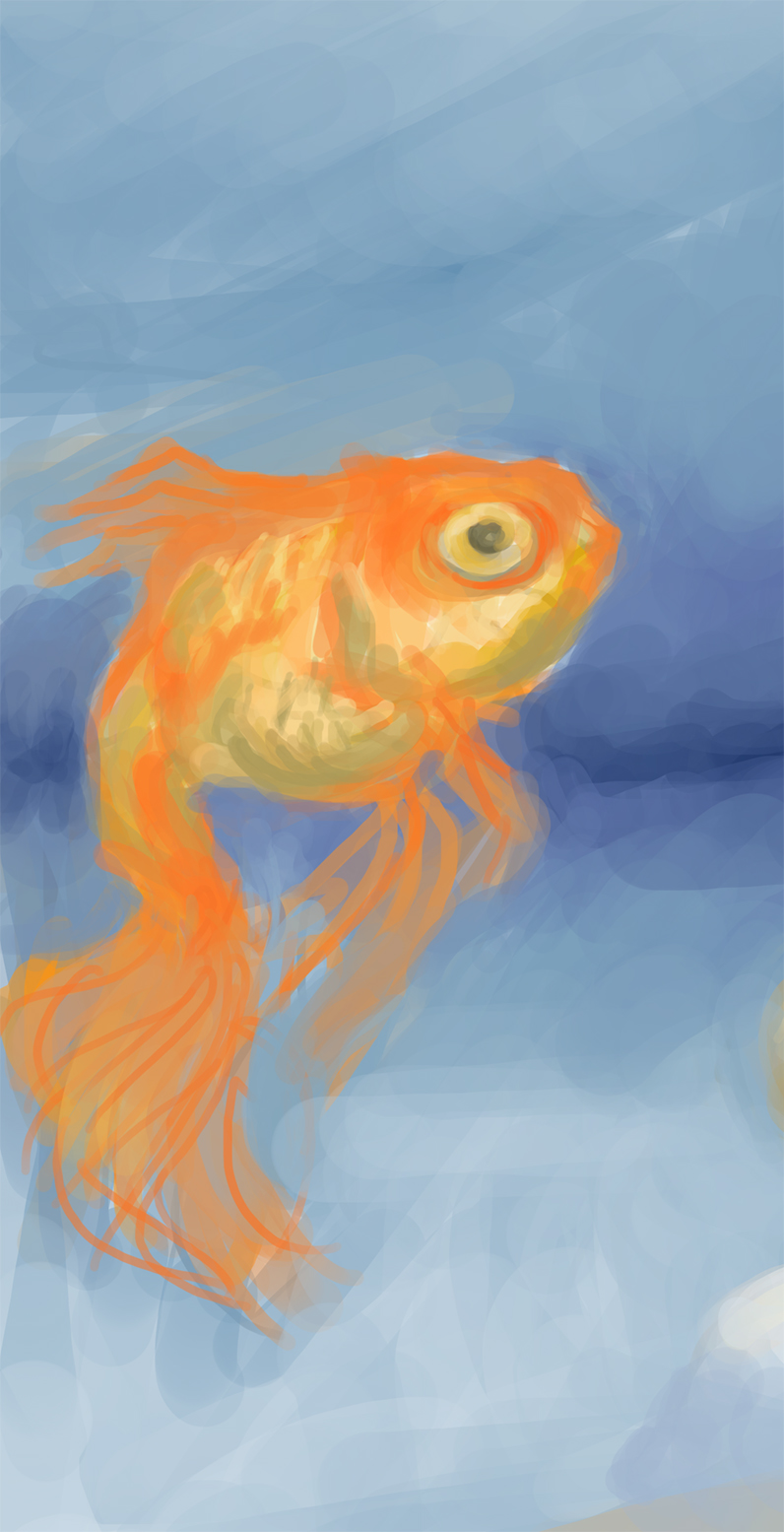
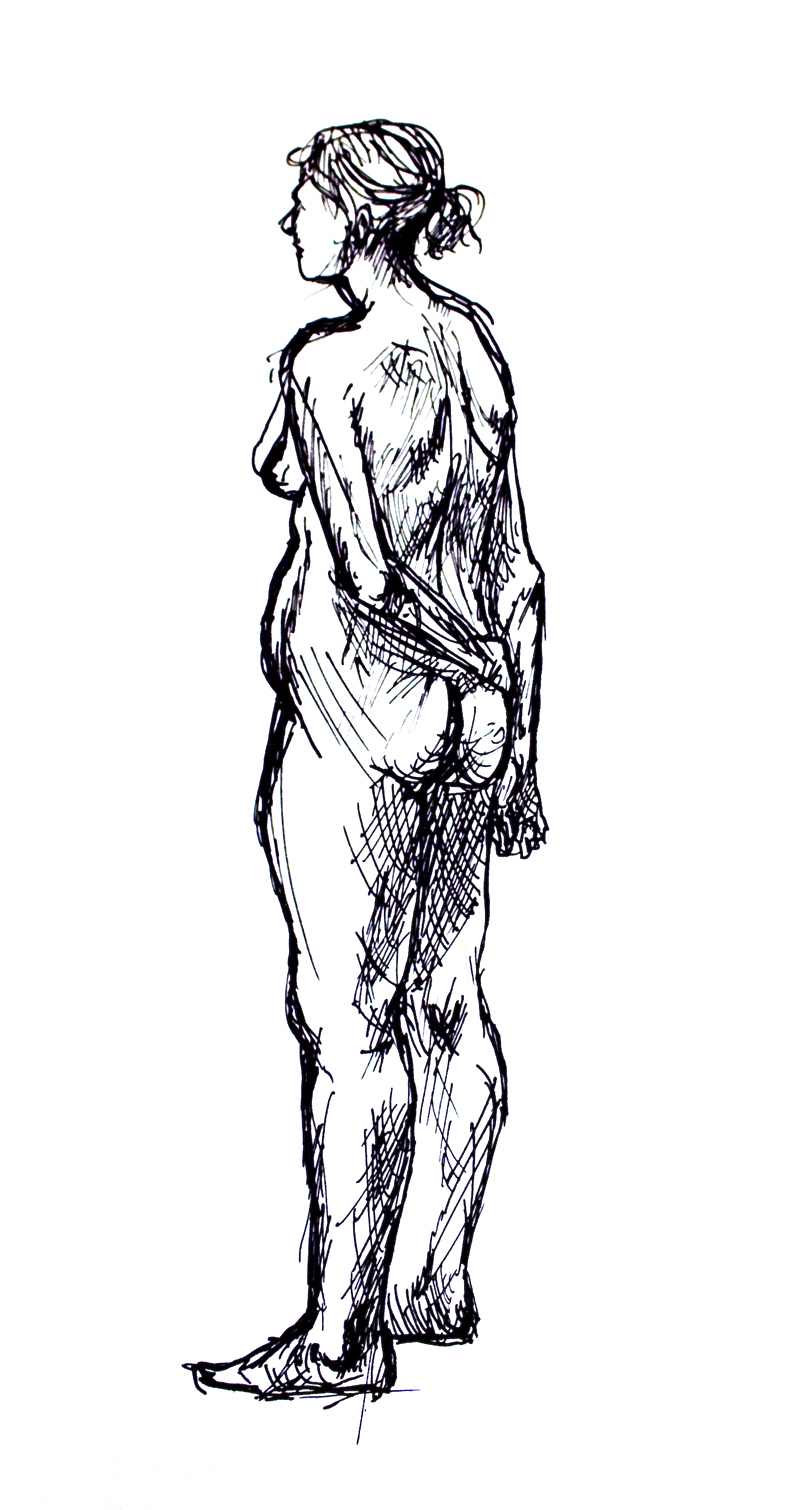


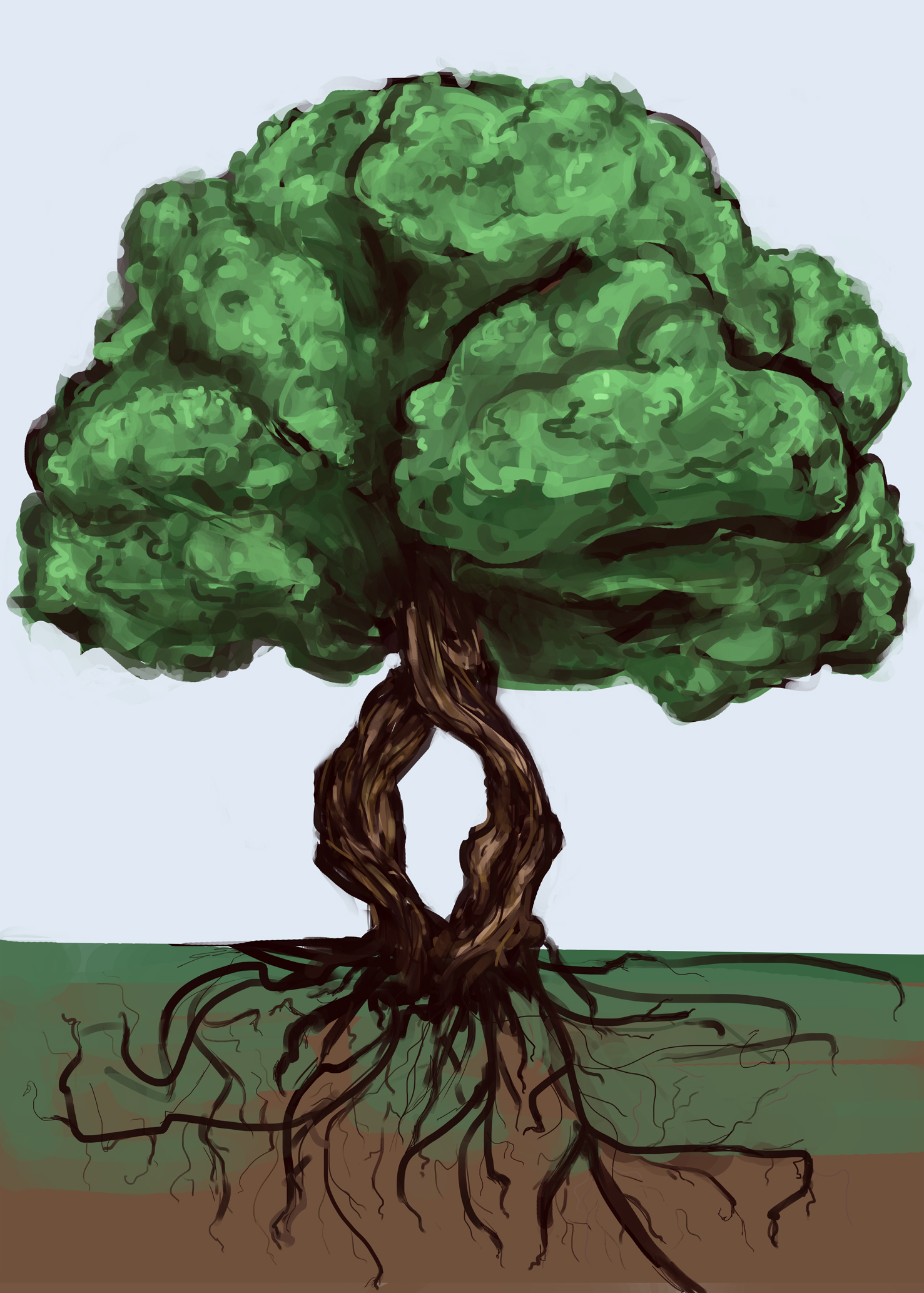









Knowledge

Polyester Lightfastness Diagramme
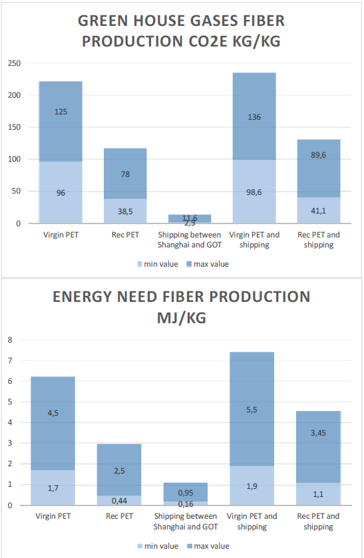
Estimations of GHG and Energy need of Recycled and Virgin Polyester
Sources
K. E. Lee. (2017). Chapter 3 Environmental Sustainability in the Textile Industry, S.S. Muthu (ed), Sustainability in the Textile Industry, Singapore: Springer
NTM Network for transport measures. (2018). Air cargo baselines 2018,
https://www.transportmeasures.org/en/wiki/evaluation-transport-suppliers/air-cargo-transport-
baselines-2017/ [attained 2019-05-20]
NTM Network for transport measures (2018), Sea cargo baselines 2018,
https://www.transportmeasures.org/en/wiki/evaluation-transport-suppliers/sea-cargo-transport-
baselines-2017/ [attained 2019-05-20]
Sandin, Roos, Johansson (RISE). (2019). Environmental impact of textile fibers – what we know and what we don’t know. Fiber Bible part 2. Mistra Future Fashion report. http://mistrafuturefashion.com/wp-content/uploads/2019/03/Sandin-D2.12.1-Fiber-Bibel-Part-2_Mistra-Future-Fashion-Report-2019.03.pdf [2019-05-20]
Synthetic, Chemical and Natural - What means what and how does it affect us?
'Chemical': Stable substance used in chemical industry (not including food) (Swedish definition) (Borén et al, 2020). Note that the origin of this substance can be either synthetic or natural and it's use and possible effect (such as toxicity or safeness) is un-defined by the definition.
'Synthetic': of or relating to products made from artificial substances, often copying a natural product (Cambridge Academic Content Dictionary).
'Natural': as found in nature and not involving anything made or done by people (Cambridge Academic Content Dictionary).
'Clean': free from ... [any dirty marks, pollution, bacteria, etc]/honest or fair (Cambridge Academic Content Dictionary).
None of these definitions addresses the effect such substance might have - they are neutral and only relates to the origin or professional use of the material they describe. Indeed, 'natural' isn't a synonym to 'un-toxic' and many natural substances are indeed harmful (Klaschka, 2015). As for 'clean': "Clean has a problematic history as a concept. It has associations with virginity, with societal notions of 'purity'. It is insidious and judgmental - it means nothing, and at the same time it means a lot." (Hamblin, 2021) ... "cleaning isn't always as wholesome as it seems. In fact, our obsession with cleanliness might be toxic." (Cartner-Morley, 2021).
Now, cultural trends during the 20th and 21th century have assigned these term with specific meanings. As such, it's important to point out that the pendulum that currently gives 'natural' the most perceived value over 'synthetic' might turn back to a stage where indeed 'synthetic' have more value than today - as have been the case during the post-war years for example (O'Connor, 2005). A fun historical fact is that "life reform" with the basis in "natural" counter-industrialisation practices has been a cultural phenomea since the later part of the 19th century (involving vegetarism, herbalism and cold water treatments etc as well as the wearing of wool next to ones skin - being "normal environment of animal fibers" and thus thought to lead to immunity to diseases) (Cunningham, 2015). The difference in attitudes and hopefulness compared to modern health trends and claims is minimal. Anyways, one can easily relate the current discourse regarding natural vs synthetic (and associated words 'chemical' and 'clean') to the current view on industrial production. On the other hand, there are a lot of exemptions, as it's also quite easy for companies to provide industrial products with story telling that implies something less looked down upon. Overall, in the case of consumer marketing, one must understand what is actually the center of the associated customer value and refer to this instead of confusing what these terms means.
Sources
Borén, Hans. Johansson, Anna. Lundström, Johanna. Stenberg, Cecilia.Wästebym, Niklas. 2020- Kemiboken 2. 6th edition. ISBN 9789147129966
Cambridge Academic Content Dictionary. Un-known date. Clean. https://dictionary.cambridge.org/dictionary/english/clean [2021-04-13]
Cambridge Academic Content Dictionary. Un-known date. Synthetic. https://dictionary.cambridge.org/dictionary/english/synthetic [2021-04-13]
Cambridge Academic Content Dictionary. Un-known date. Natural. https://dictionary.cambridge.org/dictionary/english/natural [2021-04-13]
Cartner-Mortley, J. 2021. 'Clients want us to clean the air': how the pandemic took hygiene to a whole new level. The Guardian 24 April 2021. https://www.theguardian.com/lifeandstyle/2021/apr/24/clients-want-us-to-clean-the-air-how-the-pandemic-took-hygiene-to-a-whole-new-level [2021-05-03]
Cunningham, Patricia A.. 2015. Reforming Women's Fashion, 1850-1920 : Politics, Health, and Art, The Kent State University Press, ProQuest Ebook Central, https://ebookcentral.proquest.com/lib/uu/detail.action?docID=3121299, page 71 and 97-98
Hamblin, J (Author of Clean: The new science of skin), Cartner-Mortley, J. 2021. 'Clients want us to clean the air': how the pandemic took hygiene to a whole new level. Interview with Hamblin, J. The Guardian 24 April 2021. https://www.theguardian.com/lifeandstyle/2021/apr/24/clients-want-us-to-clean-the-air-how-the-pandemic-took-hygiene-to-a-whole-new-level [2021-05-03]
Klaschka, U. 2015. Naturally toxic: natural substances used in personal care products. Environ Sci Eur 27, 1. https://doi.org/10.1186/s12302-014-0033-2, https://enveurope.springeropen.com/articles/10.1186/s12302-014-0033-2 [2021-04-13]
Küchler, Susanne. Daniel Miller, Daniel. (ed). 2005. Clothing as Material Culture. Berg Fashion Library, Clothing DOI: 10.2752/9780857854056/CLMATCULT0006.
O’Connor, Kaori. THE OTHER HALF THE MATERIAL CULTURE OF NEW FIBRES.
Was is best for the environment? Truthful practices and statements
In a similar way to how cost is calculated, the only way to truly judge environmental cost is to calculate based on data. The only international available standard to do so is Life Cycle Assessment (ISO 14040 and 14046 etc) (Klöpffer and Grahl, 2014). This standard is very clear on the need of outside peer-review and specifies that published studies should be reviewed by independent expert reviewers before publishing, together with their separate statement. Furtermore, the correct systems boundaries must be used to truly compare systems.
It is not compliant with the standard ISO 14044:2006 "Environmental management — Life cycle assessment — Requirements and guidelines" to merge values to a common environment point system when used publicly (International Organization for Standardization, 2006). The reason is because even the world's leading experts cannot say what is the most critical to pin-point as more or less important as something else. Indeed, the Higgs MSI - one of the pioneering judgement system within the fashion industry - was retired early as it was deemed to be both un-fair and opaque in the way it presented issues in a single summary score (Sustainable Apparel Coalition SAC, 2020).
Bio-based feedstocks can be problematic, as these are most often (at least for first generation bio-plastics) grown as a primary agricultural product or harvested in sensitive environments. 'Renewable materials' are those which can be manufactured or generated quickly enough to keep pace with how fast they are used up (Garvin, 2018), which is not the same as being bio-based. Renewable feedstock doesn't in turn imply that the agricultural land or feedstock itself could be used for something more value-giving, such as food. Agriculture itself is often of course heavily resource demanding (Jeffries, 2019) and is in many cases a lot more environmentally costly than available resource efficient practices.
"In practice, LCAs are very extensive studies" (Klöpffer and Grahl, 2014). A less demanding approach to start addressing environmental impacts can be according to the Butterfly diagram (Ellen MacArthur Foundation, 2019) or the Waste hierarchy (European Commission website, un-known date) where the most effective way to minimize impact is to 1) reduce the material usage from the beginning 2) reuse the product (or extent it's life) before turning to recycling or waste disposal. Rather negatively it has been said (if only relying on recycling): “Feel-good after measures such as recycling bear grave similarity to ‘someone who quits smoking on his deathbed’” (Chapman, 2012, p 34). Furthermore, many types of material recycling are actually down-cycling and removes a material from an already circular material flow as the case of the recycled polyester leggings noted in one article (Tonti, 2021). Extending the active use and durability of a product is one of the less resource-demanding approaches which also might have the largest economic benefits, as long as the new application isn't leading to more use overall. For personal transport specifically car sharing, extended life (durability) and remanufacturing are much more effective for both economy and environment than other actions (Jeffries, 2021).
It's important to note that "ecoefficiency" (i.e. to simply providing more or equal value in the offering, but at less environmental impact) is not a constructive approach to true sustainability but is simply making the outcome less unsustainable (Ehrenfeld, 2014). In fact, "expecting technology to overcome unsustainability is one of the primary causes of the problems we now face" (ibid). Furthmore, it’s “easy to make lazy assumptions” (Fairs, 2019) as well as “[use] easy solutions [that often] turn ut to not be true” (ibid.). "If the […] industry wants to take on the real sustainability challenge, its designers will have to learn how to embed its messages in the designs that end up in the market (Ehrenfeld, 2014)“. Also, the role of the designers is furthermore complicated as “designers want to do the right thing but there is an information gap” (Fairs, 2019) and they as well ”need to realize how [they are] a part of the problem” if they lack technical knowledge of how things are made or don’t design accordingly (Kiruphanatham, 2019). In a sense, everyone is a designer (of something) which pin-points the importance to develop holistically but these statements especially addresses the responsibilities of those who are officially labelled as Designers - “in order to work as a sustainable designer, you are making creative sacrifies” (The business of fashion, 2021).
Marketing and phrasing might also need to improve: "Phrases such as 'environmentally friendly' are misleading" (Ehrenfeld, 2014). "Industry, like all other sectors, should not label any of its sustaino-efficient actions as producing sustainability, saying instead only that they are reducing unsustainability" (ibid.). It's especially important to be clear on what is actual goals and achievements to keep up with the raising awareness of both professionals and consumers. 'Greenwashing' (built upon 'whitewashing') is a term for mis-leading claims regarding sustainability. This concept are increasingly addressed publicly (for example in 'Am I a fool to expect more than corporate greenwashing?' Siegle, 2016) as is the distinction between 'Story telling' and 'Story doing’. Greenwashing practices can greatly harm companies and industries if used (Lundström, 2020).
Sources
Chapman, Jonathan. 2012. Emotionally Durable Design : "Objects, Experiences and Empathy", Taylor & Francis Group,ProQuest Ebook Central, http://ebookcentral.proquest.com/lib/boras-ebooks/detail.action?docID=430088. Ellen MacArthur Foundation. 2019. Infographic. https://www.ellenmacarthurfoundation.org/circular-economy/concept/infographic [2021-04-13]
European Commission website. Un-known date. Waste prevention and management. https://ec.europa.eu/environment/green-growth/waste-prevention-and-management/index_en.htm [2021-03-14]
Fairs, Marus (Editior in chief of Dezeen), 2019. Why Designers are the key to Achieving a circular economy Summit 2019. Ellen MacArthur Foundation 2020. https://youtu.be/6pcKCiVuPiQ?t=268 [2021-04-15]
Fletcher, Kate. Tham, Mathilda. (ed). 2014. Routledge Handbook of Sustainability and Fashion, Taylor & Francis Group, ProQuest Ebook Central http://ebookcentral.proquest.com/lib/newschool/detail.action?docID=1770536.
Ehrenfeld, John R. Chapter The real challenge of sustainability
Garvin, Karen, S. 2018, Renewable & Nonrenewable Materials, Sciencing. https://sciencing.com/renewable-nonrenewable-materials-5258188.html [2021-04-13]
International Organization for Standardization. 2006. ISO 14044:2006 Environmental management — Life cycle assessment — Requirements and guidelines. https://www.iso.org/standard/38498.html [2021-04-13].
Jeffries, Nick. 2019. Regenerative agriculture: how it works on the ground. Circulate. https://medium.com/circulatenews/regenerative-agriculture-how-to-grow-food-for-a-healthy-planet-9a5f637c0f3e [2021-04-13]
Jeffries, Nick. 2021. Inside the Circular Economy: Webinar 3. Ellen MacArthur Foundation. https://www.youtube.com/watch?v=o_we9YpWEbU [2020-04-02]
Kirupanantham, Dharan (Future innovation at Adidas), 2019. Why Designers are the key to Achieving a circular economy Summit 2019. Ellen MacArthur Foundation 2020. https://youtu.be/6pcKCiVuPiQ?t=268 [2021-04-15]
Klöpffer, Walter; Grahl, Birgit. 2014. Life Cycle Assessment (LCA) - A Guide to Best Practice. Publisher John Wiley & Sons. ISBN978-3-527-32986-1. Electronic ISBN978-1-5231-1546-4
Siegle, Lucy. 2016. Am I a fool to expect more than corporate greenwashing? The Guardian 3rd of April 2016, https://www.theguardian.com/commentisfree/2016/apr/03/rana-plaza-campaign-handm-recycling [2021-04-13]
Lundström, Patrik (Ceo of Re:newcell). 2020. What Wil Our Clothes Be made of in a Circular Economy? The Fasion Show Episode 4. Ellen MacArthur Foundation. https://youtu.be/tTrdahzKPV4?t=2217 [2021-04-15]
Sustainable Apparel Coalition (SAC). 2020. To Advance Integration of Higg Index Suite of Tools and Accelerate Apparel Industry Decarbonization Efforts, the SAC Will Retire Higg MSI Aggregated Single Score, https://apparelcoalition.org/press-releases/higg-msi-single-score/ [2021-04-13]
The business of fashion . 2021. Stella McCartney on the Business of Sustainable Design. https://play.acast.com/s/the-business-of-fashion-podcast/businessoffashion.podbean.com%2F98f82cc3-4139-3e15-88cb-2410a24d3ad6 [2021-04-19]
Tonti, Lucianne. 2021. How green are your leggings? Recycled polyester is not a silver bullet (yet). The Guardian 22th of March 2021. https://www.theguardian.com/fashion/2021/mar/22/how-green-are-your-leggings-recycled-polyester-is-not-a-silver-bullet-yet [2021-03-23]
PFAS Anti-soiling - or the importance of designing rightly for the beginning
Anti-dirt can mean several things: anti-soiling treatments, anti-static treatments, camouflaging effects.
Traditional use of anti-soiling treatments has led to everything and everyone being contaminated by persisting "forever" chemicals (Swedish Chemicals Agency, 2021), as far off as the Antarctics and in snow/wainfall from atmospheric sources (Greenpeace international, 2018). These specific chemicals are now banned in several uses, but the replacing technologies are working according to the same principles (United States Environmental Protection Agency, 2021). In-fact, substitution of chemicals can often lead to as bad or even worse implications (Circular Design Guide, un-known date).
An interesting side note is how important customer communication is once again. Some might consider ‘Teflon’ (as used in non-stick cooking utensils) as negative while ‘Gore-tex’ (clothing impregnation) has positive connotations. They are in fact the same chemical. And for Gore-tex, it’s not until very recently that there have been incentatives to remove PFAS from the product (Endre, 2017).
Chemicals technologies for anti-soiling depends upon the forming of drops by the soil liquid. This is done by raising the 'surface energy' of the material so that it's more convenient for the liquid to adhere to its own molecules rather than to spread out in puddle. Stains contain oil needs a very high energy to do so and is thus more demanding than water-based stains (this is reflected in modern alternative treatments, that mainly works well for water-based stains). The stable nature of the chemical used is what gives it the possibility to "repel" the liquid into these droplets. Thus it's the double edged sword that makes it both useful for this and also harmful in the wider context. As such, chemical anti-soiling treatments is not a quick fix to solve problems with sensitive materials that easily show dirt.
Sources
Circular Design Guide. un-known date. Material Selection. https://www.circulardesignguide.com/post/material-selection [2021-04-13]
Endre, R. 2017. Nu avgiftas GORE-TEX! Och du fick det att hända. Greenpeace.org. https://www.greenpeace.org/sweden/bakgrund/1360/nu-avgiftas-gore-tex-och-du-fick-det-att-handa/ [2021-05-03]
Greenpeace International. 2018. Greenpeace expedition finds plastic pollution and hazardous chemicals in remote Antarctic waters, https://www.greenpeace.org/international/press-release/16913/greenpeace-expedition-finds-plastic-pollution-and-hazardous-chemicals-in-remote-antarctic-waters/ [2021-05-03]. https://www.greenpeace.org/international/publication/16899/microplastics-in-the-antarctic/ [2021-05-03]. Microplastics and persistent fluorinated chemicals in the Antarctic https://www.greenpeace.org/static/planet4-international-stateless/2018/06/4f99ea57-microplastic-antarctic-report-final.pdf [2021-05-303]
Swedish Chemicals Agency. 2021. Per- and polyfluoroalkyl substances (PFAS) https://www.kemi.se/en/chemical-substances-and-materials/highly-fluorinated-substances [2021-04-13]
United States Environmental Protection Agency. 2021. Basic Information on PFAS https://www.epa.gov/pfas/basic-information-pfas [2021-04-13]
Anti-microbial treatments - how diseases spread
Diseases are spread by several means in public environments by the use of disease-affecting microbes (which includes fungi, viruses, prokaryote such as bacteria, parasites, protozoa and prions) termed pathogens. Non-pathogenic microbes are not in fact diseases-spreading, note for example that both the human digestion system and DNA include a lot of beneficial bacteria and virus-RNA respectively – “If you were germ-free this moment, you’d be dead within two weeks” (Bry, 2021).
Pathogens are spread by: 1) respiratory droplets, suspended airborne particles, or both, 2) direct contact with faecal matter, blood or other body fluids, 3) contact with respiratory secretions, faecal matter or body fluids deposited on surfaces (World Health Organization, 2009). Obviously, air and indigested matters are primary of concern, as well as hygienic practises. As for surfaces residues: "as time passes and as a result of routine cleaning activities, the risk that any transmissible pathogens remain in place reduces, even without specific disinfection procedures." (ibid.) ('Cleaning' = the removal of visible dirt. ‘Disinfection’ = sanitize pathogens to remove the risk of contamination. ‘Sterilization’ = to fully remove all pathogens.)
Regarding materials with “disinfecting properties”: "scientific evidence has shown that antimicrobials [treatments] can do more harm than good. They are actually hazardous to human health, cause environmental harm throughout their lifecycle, and have little success in preventing disease and infection. Rather than habitual inclusion, the toxic antimicrobial chemical can be designed out without any need for replacement" (Ellen MacArthur Foundation, 2018). As such, be sceptical regarding un-verified claims - know that some techniques might show results only in laboratory or pristine conditions, if at all. Furthermore as with extensive and lax anti-biotics use, there are risks that the pathogens will be inclined to breed and overcome techniques - making these useless for further use. Note also that a lot of disinfecting techniques (including UV-C or ozone) have negative effects on human health (the chemical one specifically can cause skin irritation or have the opposite effect and kill off existing benign bactieria to allow harmful ones to invade etc), material breakdown rates or environmental impact, due to their obvious aggressive nature (Simončič and Tomšič, 2017). Note also that for covid-19 specifically: "COVID-19 rarely spreads through surfaces" (Lewis, 2021).
Sources
Cartner-Mortley, J. 2021. ‘Clients want us to clean the air’: how the pandemic took hygiene to a whole new level. The Guardian 24 April 2021. https://www.theguardian.com/lifeandstyle/2021/apr/24/clients-want-us-to-clean-the-air-how-the-pandemic-took-hygiene-to-a-whole-new-level [2021-05-03]
Interviewee: Bry, L. Assistant professor at Harvard Medical School
Ellen MacArthur Foundation, 2018, Circular strategies. https://www.ellenmacarthurfoundation.org/assets/downloads/CircularStrategies_Cards-07.08.18.pdf [2021-04-02]
Lewis, Dyani. 2021,. Nature. COVID-19 rarely spreads through surfaces. Nature 29 January 2021,
https://www.nature.com/articles/d41586-021-00251-4 [2021-04-02]
Mittal, K.L., Bahners, T. (ed). 2017. Textile Finishing: Recent Developments and Future Trends. ISBN: 978-1-119-42676-9
Simončič, Barbare. Tomšič, Birgita. Chapter 1 Recent Concepts of Antimicrobial Textile Finishes 3
World Health Organization (ed). 2009. Guide to hygiene and sanitation in aviation. Third edition ISBN: 978 92 4 154777 2. https://www.who.int/water_sanitation_health/publications/aviation_guide/en/ [2021-04-30]
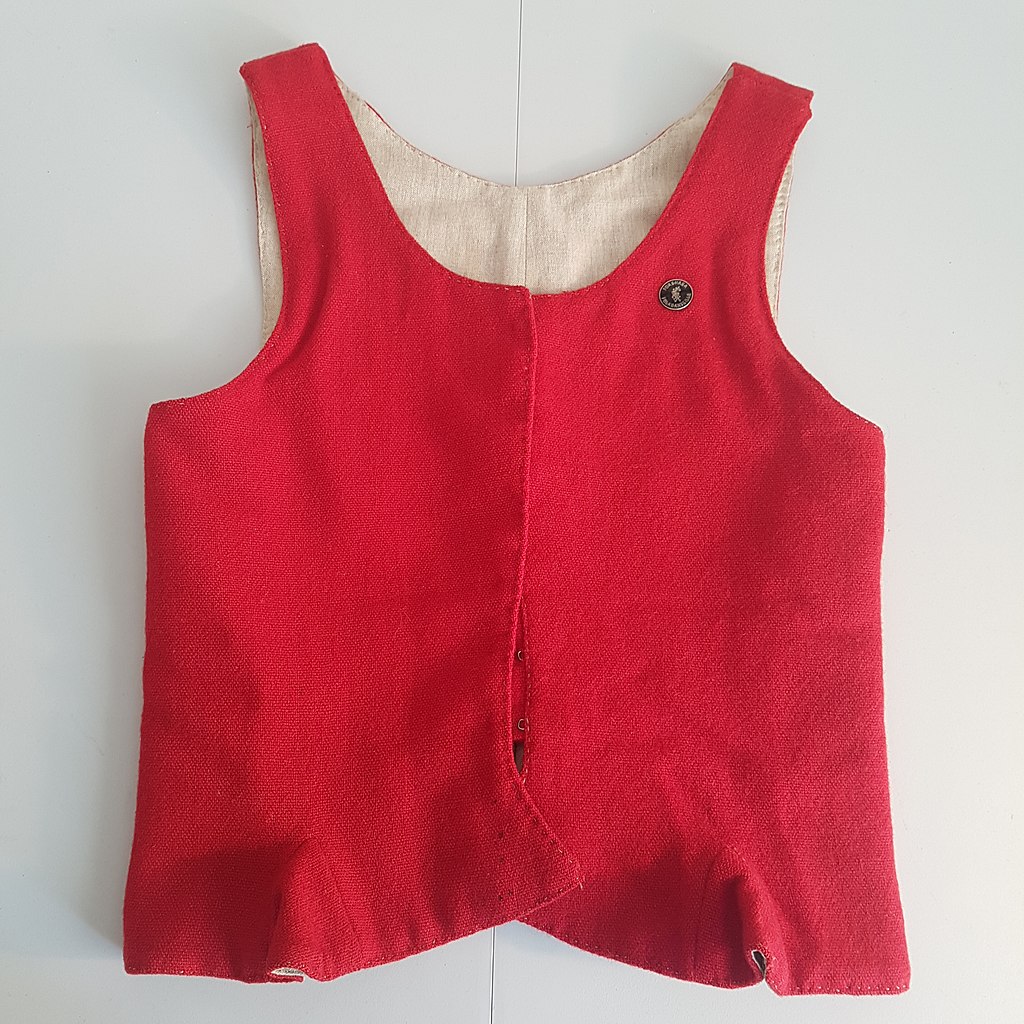
Wikipedia: Folkdräkter i Värmland
Do follow link to read self-published Wikipedia article on Folk Costumes in regional area Värmland: Folkdräkter från Värmland (Swedish). (The photo is the bodice to the Grava-Forshaga costume (my own).
- Polyester Lightfastness
- GHG of V/R-PET
- Syntetic vs Natural
- Sustainability statements
- PFAS
- Antimicrobial treatments
- Wikipedia: Folkdräkter i Värmland